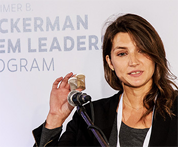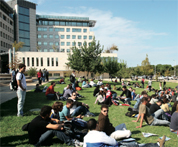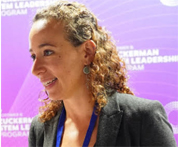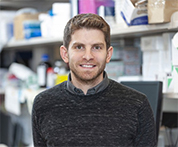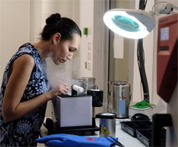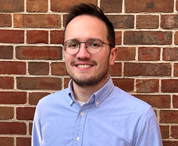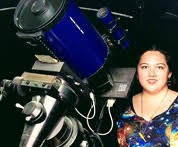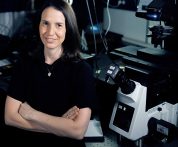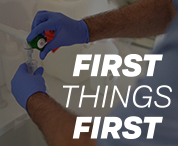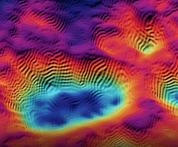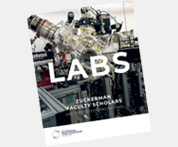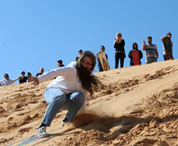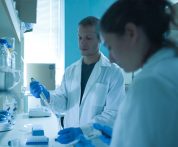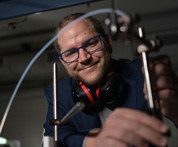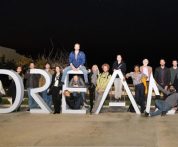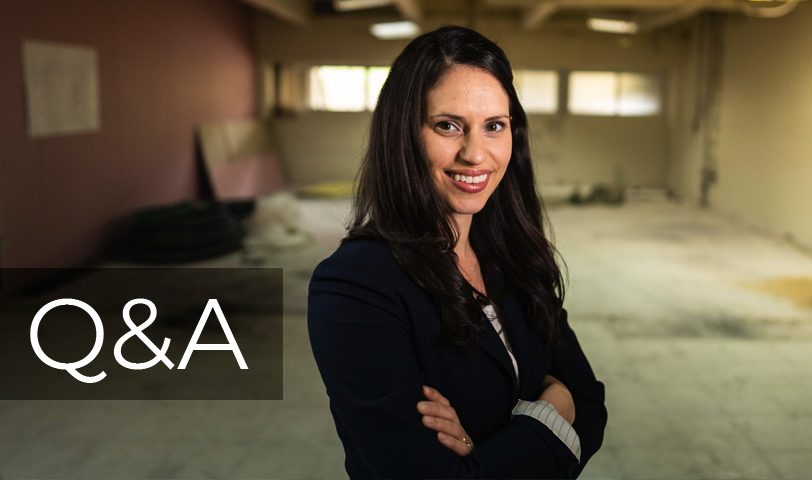Dr. Arielle Fischer is a member of the Faculty of Biomedical Engineering at the Technion Israel Institute of Technology where she heads the Biomechanics and Wearable Technology lab. Dr. Fischer leads a diverse team of experts in biomedical, mechanical, electrical, bi-chemical engineering, medicine and physical therapy, who research biomechanics and conduct motion analysis and apply biomechanical principles to human motion. The team uses and develops wearable sensor systems to identify interventions to correct musculoskeletal pathologies, developing new tools to drive personalized methods for early detection, intervention, and prevention of movement disorders.
Dr. Fischer earned a PhD in Mechanical Engineering: Biomechanics and Biorobotics from the Technion – Israel Institute of Technology. She did her postdoc at Stanford University´s BioMotion Lab, where she led a team that designed and developed wearable technology to reduce pain and enhance muscle function by activating the somatosensory system in an at-risk population, specifically for individuals with osteoarthritis, ACL and meniscus injuries.
Please describe your current research, the focus of your lab, and the practical implications of your research
My lab combines biomechanics with wearable technology. We look at the joints and how we move, and engineer devices that will monitor motion and provide feedback. Our research focuses on the human musculoskeletal system- a remarkable engineering system that enables movement with natural ease in healthy people with wonderfully coordinated interaction between bones, muscles, ligaments and joints. Yet, its complexity makes it difficult to understand and treat musculoskeletal injuries and diseases. We are interested in the fundamental principles that shape how and why we move the way we do and application of technologies to enhance mobility and overall health.
We use a three-tiered approach that is based on mechanic, biology and structure. Our team includes biomedical, electrical engineers, bio-chemical engineers , and physical therapists who conduct human motion analysis using novel imaging techniques and biological analysis. Using biomarkers to monitor joints and muscle activity we are able to identify the best movement patterns.
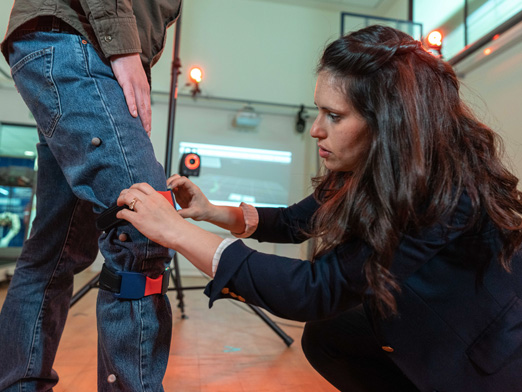
We study athletes, analyze their motion and give them feedback for better motion techniques, as well as individuals undergoing physical therapy to correct their movements. For example, someone who had ACL knee surgery will have pain during the rehabilitation period and after. We know that 50% of these patients will develop osteoarthritis between 10 to 15 years after surgery. Can we stop that pathway to osteoarthritis early on? If we give them wearable technology to change patterns or look at biomarkers in the blood combined with a mechanical stress test for cartilage. If we can see a marker in their blood, we can know if they are at risk for disorders. We’re also working with amputees and neurological disorders at a large Israeli hospital, giving them feedback to help them change their motion to prevent overcompensating, assessing treatment and preventing muscular pathologies from setting in.
We have wearable motion capture systems that we bring to hospitals. Patients can then be tracked in their own natural environments , whether it’s in an athlete’s natural habitat, for example. We’re using big data and AI to analyze the data to get better algorithms to predict disorders and motion kinetics (such as loading) .
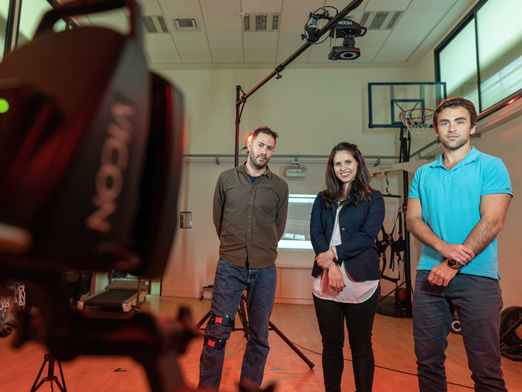
What do you enjoy most about your research?
The connection between engineering for prototyping that is being used in the clinic, making devices that are applied to the human body – helping people with disorders and seeing the devices on them. It’s very exciting. Also, I enjoy working with all the disciplines. There is great interaction between knowledgeable people from different fields.
What does it mean to you to be part of the Zuckerman Faculty Scholars Program?
The Zuckerman program took my lab from a dream to reality and gave me the funding to make it happen. It’s a great group of faculty scholars and everyone is very supportive. The program makes technology thrive. These kinds of institutions help us excel and improve our strategies to bring it forward. It’s truly an honor to be included in the group.
What inspired you to pursue this area of research?
While pursuing my BSc in mechanical engineering at MIT, one of my sisters, a competitive swimmer at the time, was injured. She has been in physical therapy over the long term. I also have a younger sister who is a dancer who has had many injuries over the years. I was always interested in engineering and medicine and how we can apply engineering techniques to bridge the gap between engineering and different populations such as in the clinic and/or athletes.
Where do you hope your research will have the greatest impact?
I hope to impact the fields of medicine and sports with personalized wearable devices for monitoring motion that will diagnose, treat, and prevent joint diseases. Clinicians and physical therapists get very excited by this because usually there is a disconnect between research and practical use. At Stanford, where I did my postdoc, the hospital is connected to the university, so there is connection between the research and the clinics. This is what I am trying to achieve.
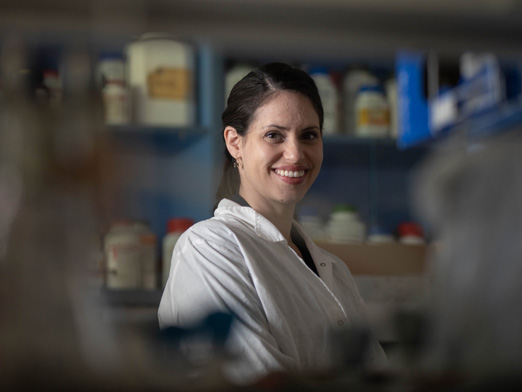
 ISRAELI COUNCIL FOR HIGHER EDUCATION
ISRAELI COUNCIL FOR HIGHER EDUCATION MIT-Israel Zuckerman STEM Fund for Faculty Collaboration
MIT-Israel Zuckerman STEM Fund for Faculty Collaboration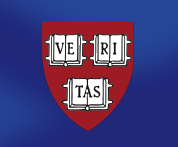 The Zuckerman Travel and Research STEM Fund at Harvard
The Zuckerman Travel and Research STEM Fund at Harvard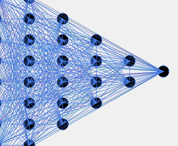 Zuckerman AI Fund at Technion
Zuckerman AI Fund at Technion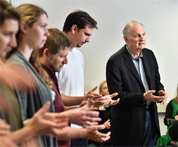 Alan Alda Communicating Science
Alan Alda Communicating Science Zuckerman Institute – ScienceAbroad
Zuckerman Institute – ScienceAbroad Zuckerman Institute – America-Israel Friendship League partnership
Zuckerman Institute – America-Israel Friendship League partnership
